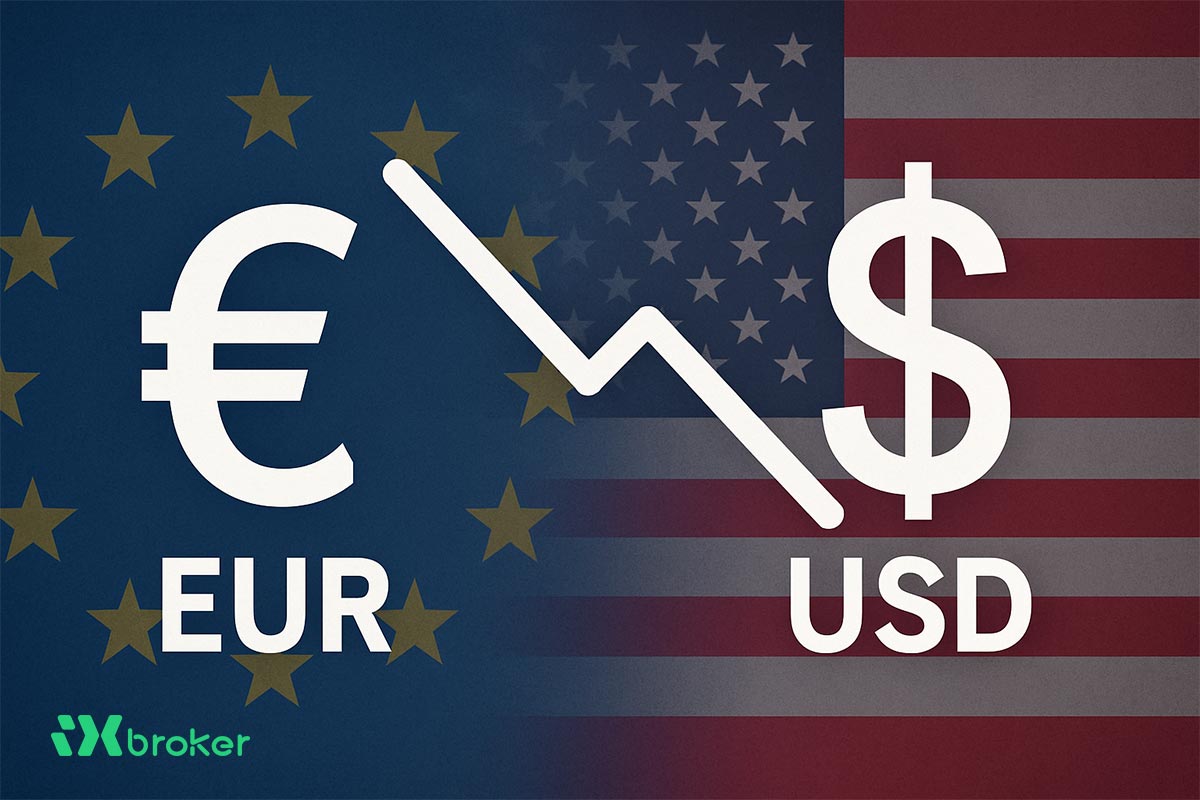EUR/USD rebounds from intraday lows near 1.1700 but remains under pressure as the US Dollar softens following weaker-than-expected consumer sentiment data.
The Euro (EUR) trades slightly lower against the US Dollar (USD) on Friday, hovering around 1.1720 after dipping to session lows near 1.1700. The modest recovery comes as the Greenback retreats from intraday highs, triggered by the University of Michigan’s preliminary September survey showing declining consumer confidence alongside persistent inflation expectations.
The headline Consumer Sentiment Index fell to 55.4 in September from 58.2 in August, missing the forecast of 58 and marking the lowest reading since May. The Consumer Expectations Index dropped to 51.8 from 55.9, below the expected 54.9, while the Current Conditions gauge eased slightly to 61.2 from 61.7.
US households remain concerned about the economic outlook, with the one-year inflation outlook steady at 4.8% and the five-year measure rising to 3.9% from 3.5%, underlining ongoing long-term price pressures.
The US Dollar Index (DXY), which tracks the Greenback against six major currencies, trades near 97.67 after peaking at 97.86. While retreating from session highs, the DXY remains broadly firm, limiting the Euro’s upside potential.
Across Europe, the Euro faces challenges as well. The European Central Bank (ECB) held rates steady on Thursday, with policymakers adopting a cautious stance amid sluggish growth and softening inflation trends.
Geopolitical tensions are also weighing on the Euro. Around 19 Russian drones entered Polish airspace earlier this week, and on Friday, Russia and Belarus launched the Zapad-2025 military exercises. In response, Poland closed border crossings with Belarus and deployed roughly 40,000 troops to its eastern frontier, heightening regional uncertainty.



